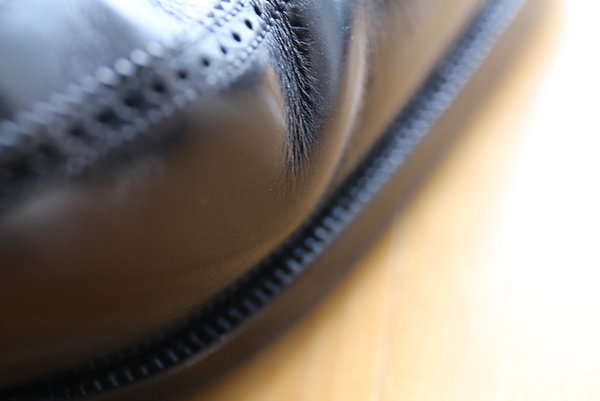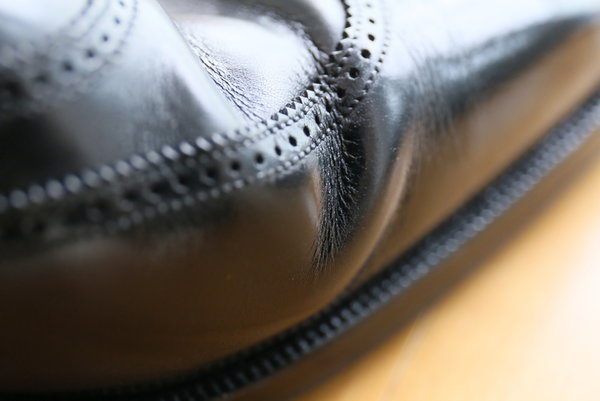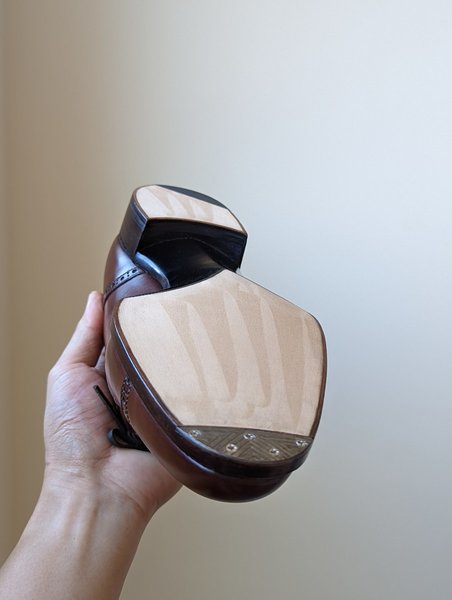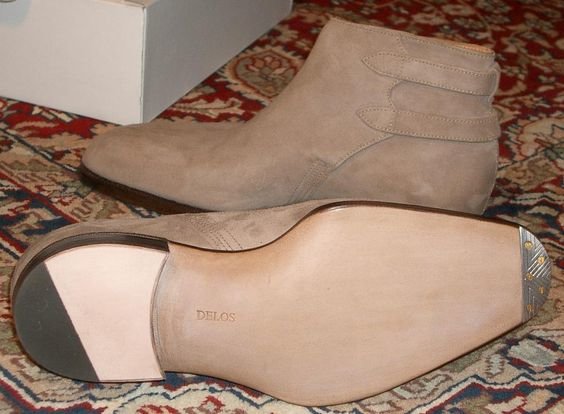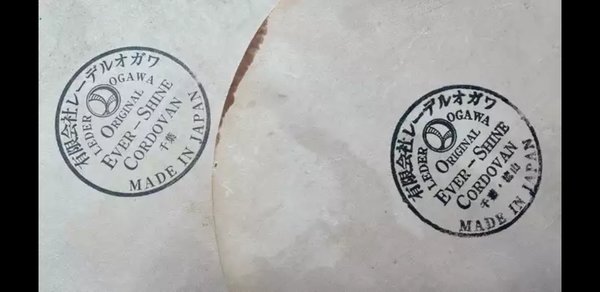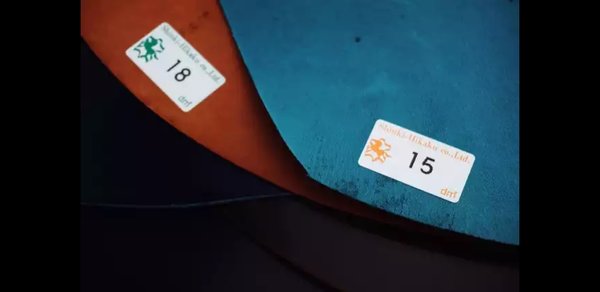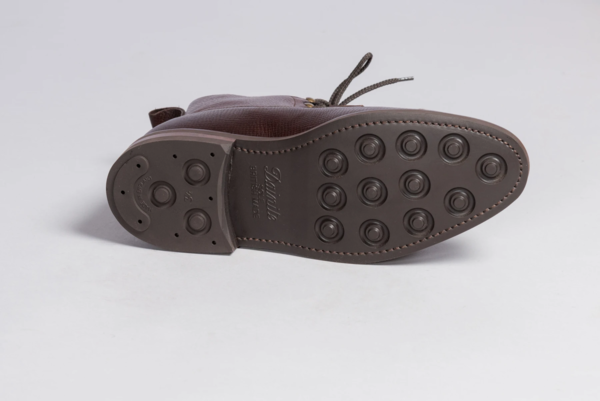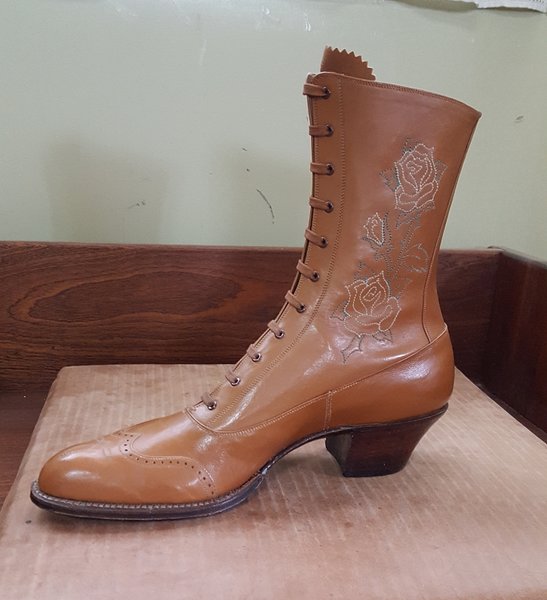shoefan
Senior Member
- Joined
- Jul 27, 2003
- Messages
- 853
- Reaction score
- 203
Pelle used to whip-stitch the heel to the insole. Don't know if he learned that from his master or just started it on his own.
The bottom one is how everyone in the UK does it, or nearly everyone at least. The top one is how the French seem to prefer doing it.
If a firm seems to use both methods, it's probably because you're looking at the work of two different outworkers rather than any conscious decision to choose one over the other for certain styles.
Pelle used to whip-stitch the heel to the insole. Don't know if he learned that from his master or just started it on his own.
![lol8[1].gif](http://files.styleforum.net/images/smilies/lol8[1].gif)


